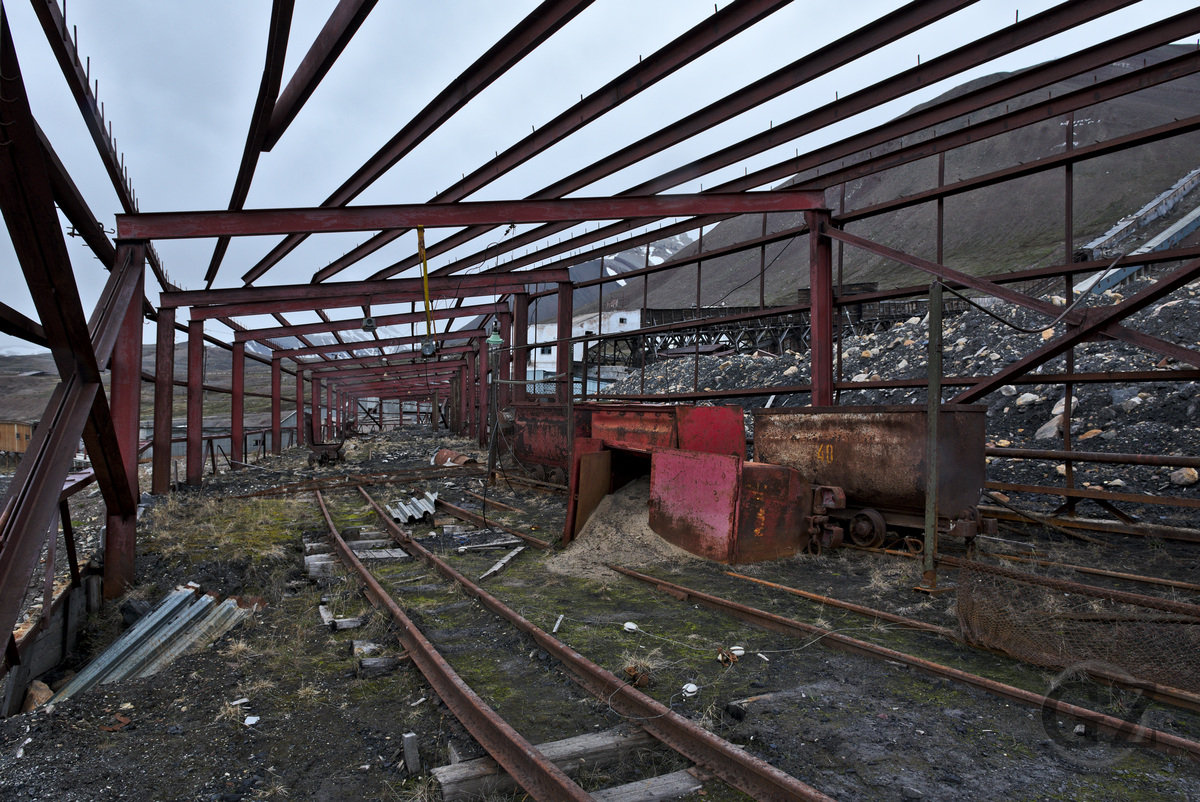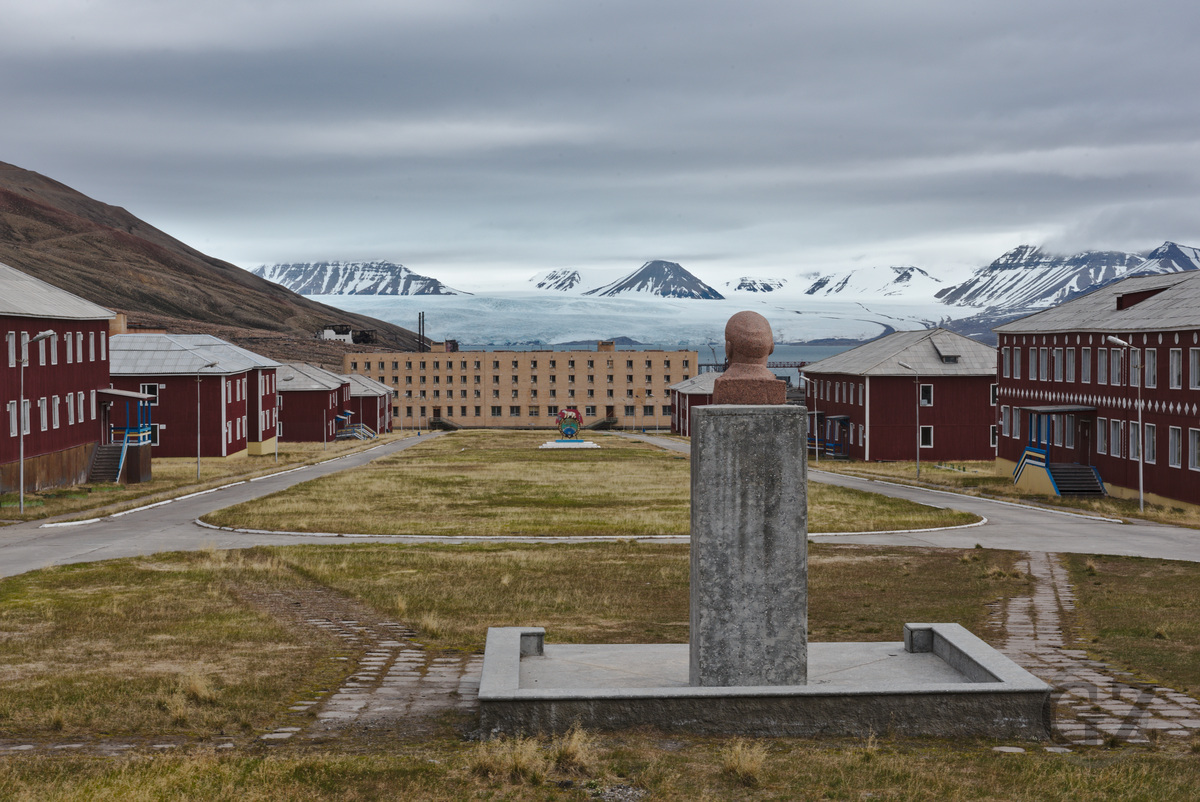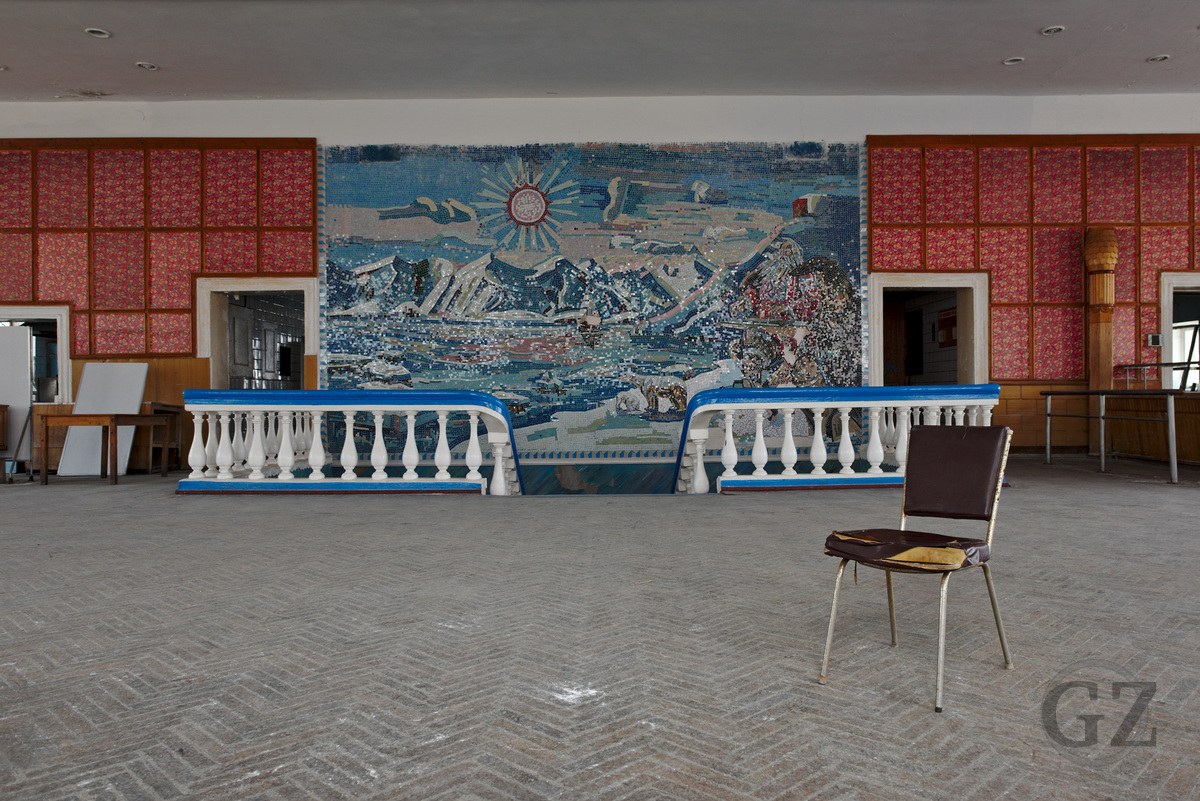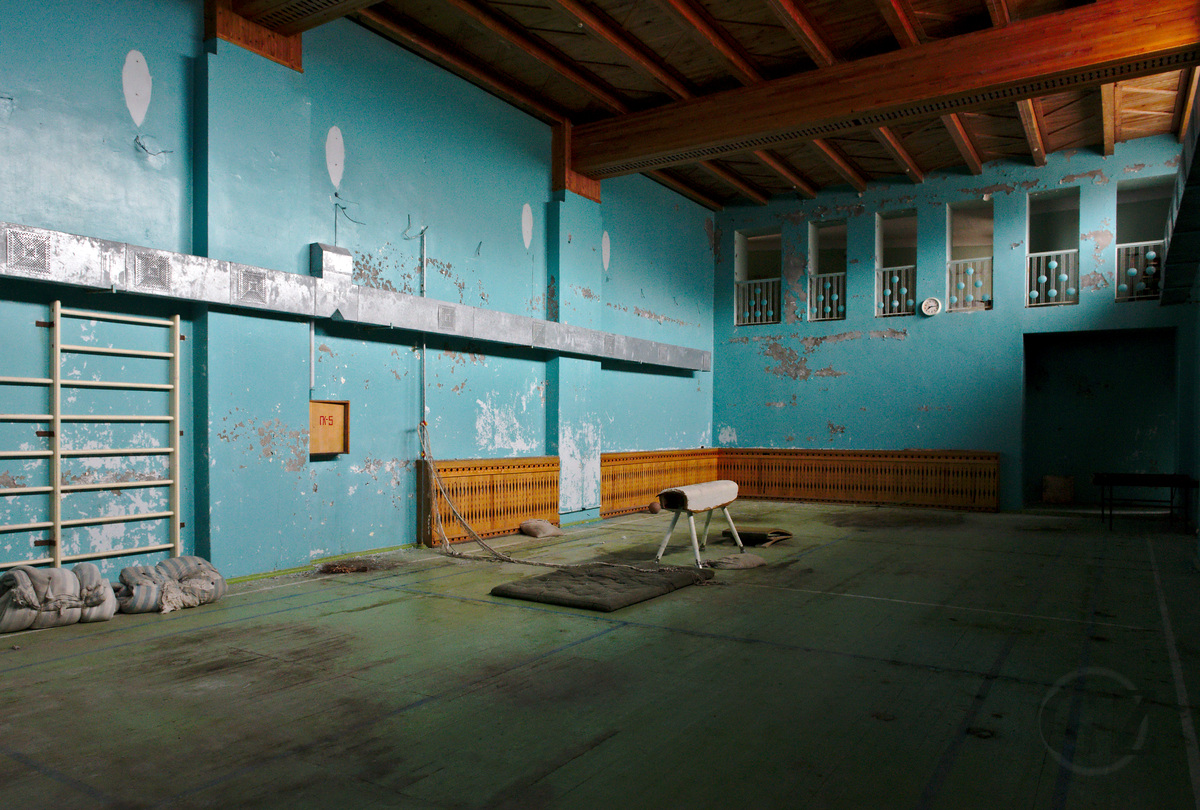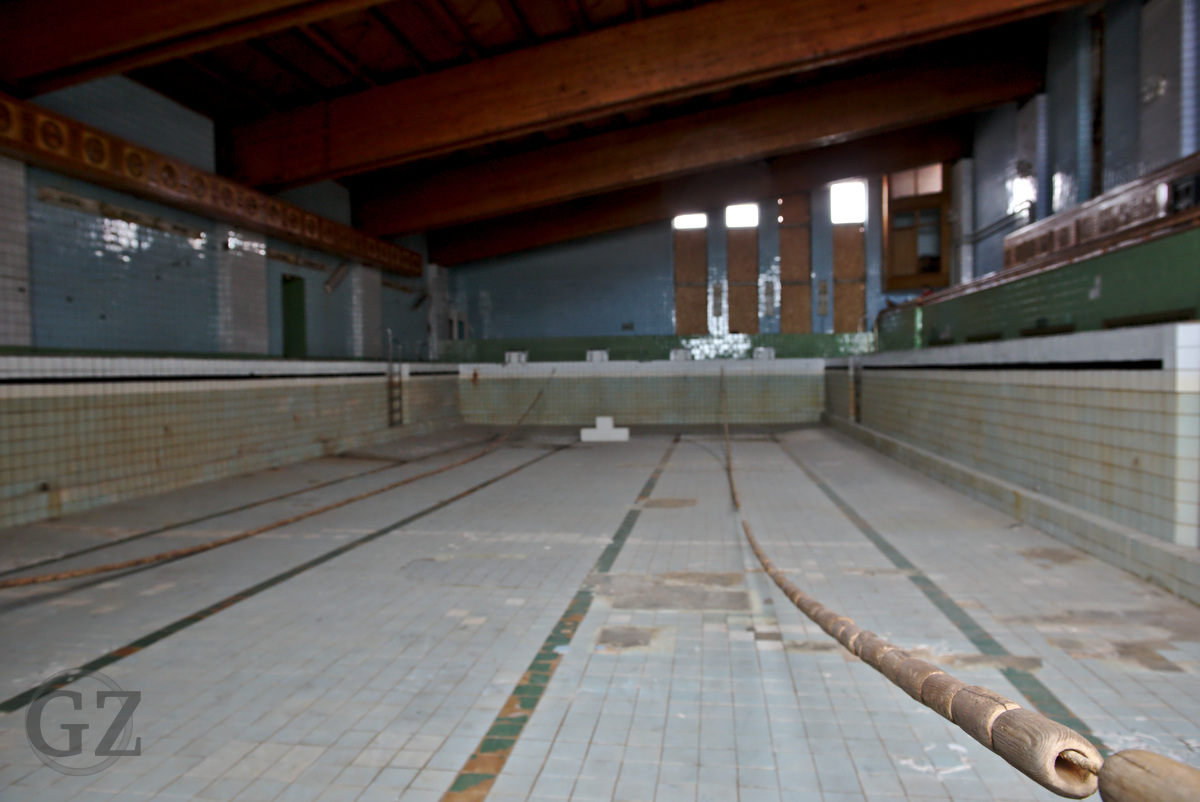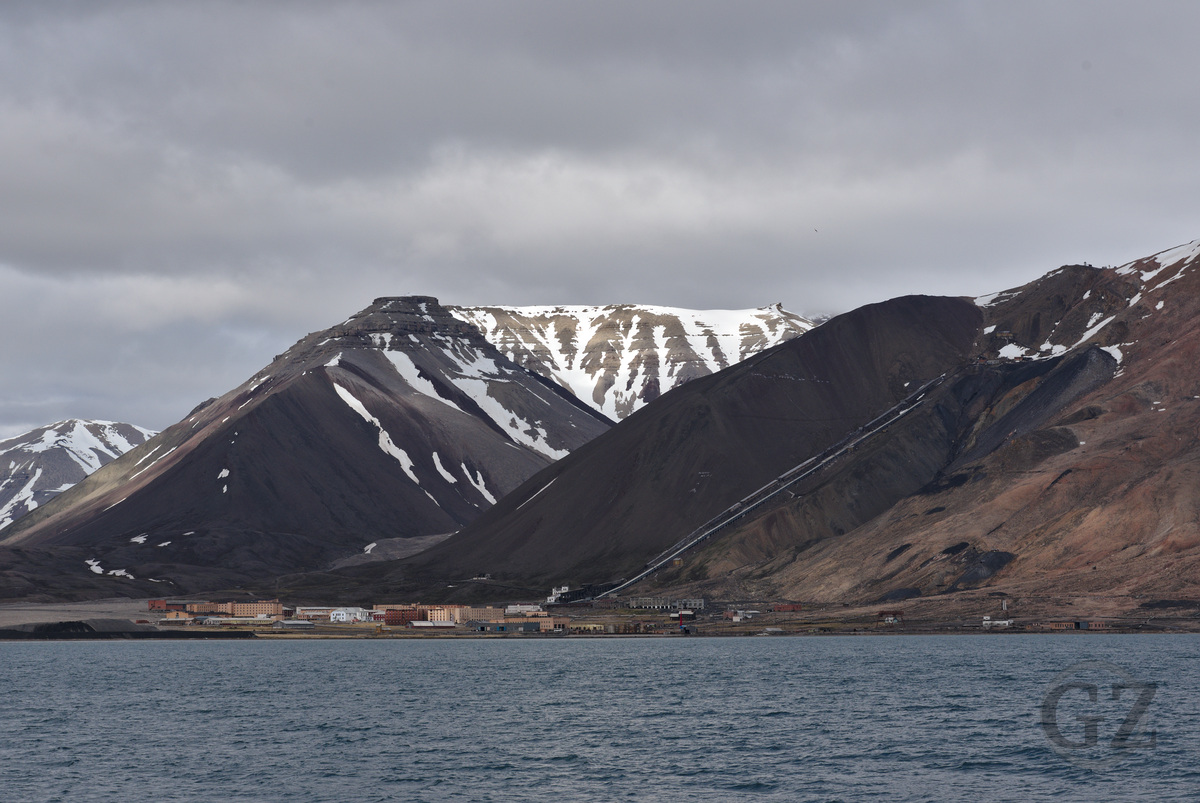During a visit to the Svalbard archipelago this summer I got the chance to visit the former mining town Pyramiden, which provides an interesting example of sustainability challenges to single industry towns. The settlement was found in the 1920s by Swedish miners and sold to the Soviet Union in 1927. Built to solely serve coal extraction, the settlement got evacuated in 1998 after the Russian government acknowledged this endeavor was no longer economically viable. On very small scale and after years without economic activities, today the settlement experiences first efforts for revitalization.
A single industry town
During its peak, Pyramiden was inhabited by over 1000 people. The settlement was found in order to extract coal. During Soviet times, the town had all the amenities that can make city life pleasant: A hospital, sports hall, swimming pool, culture center, kindergarten, school, canteen, etc. For the people who worked in Pyramiden, all these services were available free of charge. This on top of a salary which was approximately 7 times more than the Soviet average attracted many people from the mainland to work there. Some supplies, such as bricks or vegetables, were produced locally. Most other supplies were shipped in from Barentsburg, another Russian settlement on the Svalbard archipelago.
After the coal extraction was no longer profitable the decision was made to close down the settlement. In some online sources the settlement is regarded as abandoned. A local tourist guide, however, rejected this notion and explains that Pyramiden can be considered to be in a state of conservation. Nowadays there are two to three employees present in Pyramiden all year around, in order to carry out basic maintenance tasks. Unfortunately there has been a period when no one took care of the settlement: Vandalism and theft lead to significant damage and untidiness within the buildings.
Development of tourism: attempted revival?
Reestablishing maintenance started about 10 years ago. Besides the maintenance workers currently there are also five to seven people in Pyramiden working related to tourism. Recently the old hotel Tulip got renovated and re-opened. Yet, tourism is still a young and underdeveloped undertaking in Pyramiden. But tourism certainly has potential to develop a local economy: Also Longyaerbyen, the biggest settlement on the archipelago and which is governed by Norwegian authorities, lost its mining business after becoming unprofitable. However, also thanks to the advantage of having an airport in town, tourism development started much earlier. Today cruise ships with over 4000 passengers, which is double the population of Longyearbyen, land several times a year in the small harbor. Tourism on the Svalbard archipelago is clearly booming, and Pyramiden is situated in a beautiful location. Yet, at least for the moment it seems unlikely that this new economic endeavor will bring back Pyramiden to its former glory anytime soon. But looking at the history and development of Pyramiden shows clearly how difficult it can be for a single industry town, and in the absence of a diversified economy, to be managed sustainable.
This blog post was originally written for my private blog. More pictures can be found here
